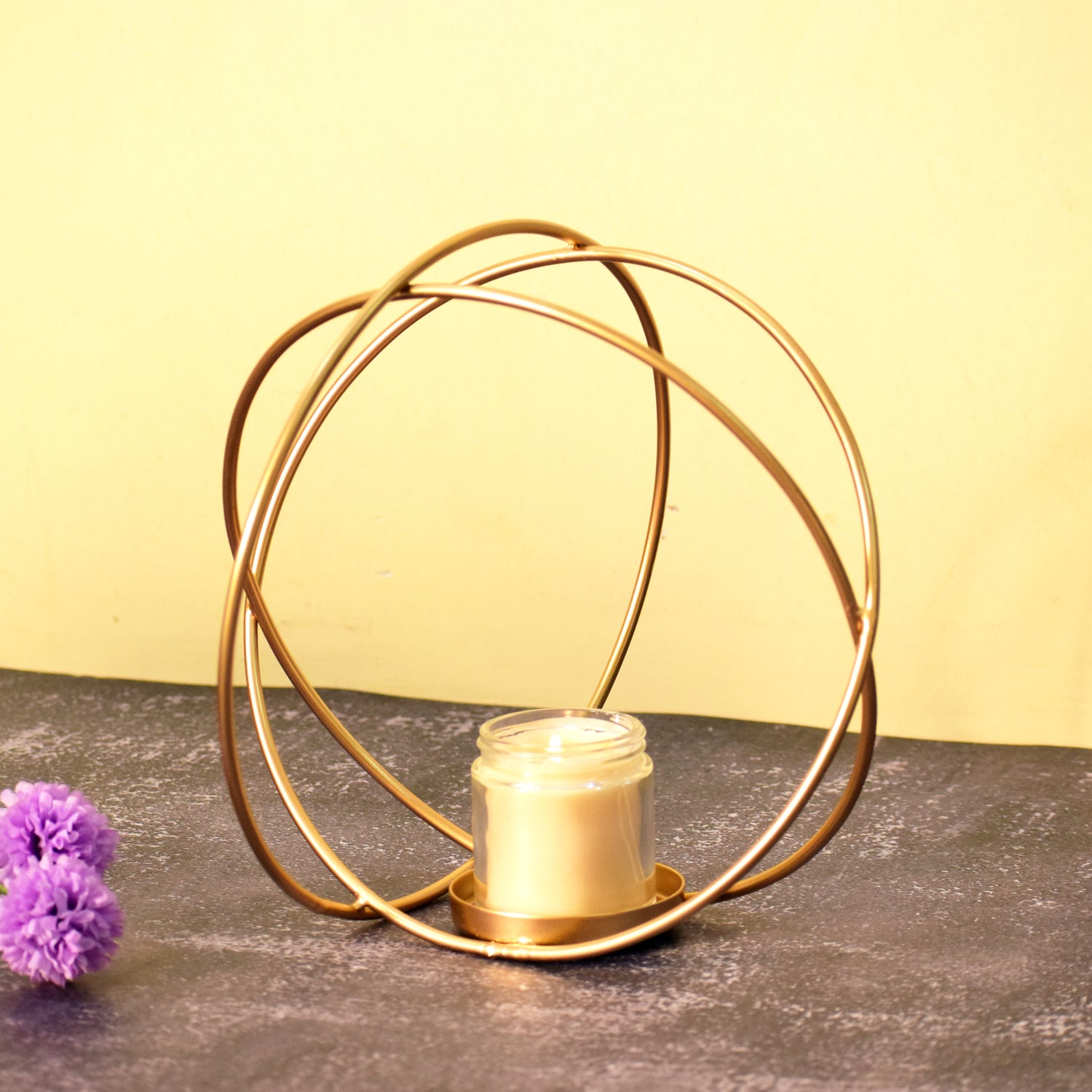How to Choose the Perfect Vase for Your Indian Home
A Guide to Vase Shapes, Materials & Where to Use Them
Looking to decorate your home with stylish flower vases but not sure which shape or material to go for? This guide covers popular vase shapes, materials (like ceramic, terracotta, metal, and glass), and easy ways to style them in different parts of your Indian home—whether it’s your living room, entryway, mandir, or balcony.
Types of Vases & Their Ideal Use in Indian Homes
1. Statement Vases – Bold & Eye-Catching
Statement vases are large and dramatic. Whether you pick a tall ceramic vase with dried flowers or a grand floor vase in metal or terracotta, these vases are perfect for:
- Entryways or foyers
- Living room corners
- Dining room centrepieces
These big vases work especially well in Indian homes with high ceilings or spacious layouts. You can even play with contrast by placing a large vase in a smaller space for a bold visual effect.
2. Accent Vases – Small Vases for Everyday Decor
Accent vases are compact and versatile, ideal for:
- Side tables or nightstands
- Bookshelves
- Bathroom counters
- Pooja room decoration
These smaller vases allow you to try out fun shapes, patterns, and finishes without overwhelming your space. Start your collection with handmade ceramic vases or colorful glass vases that can easily fit anywhere.
3. Heirloom Vases – Timeless Treasures
Heirloom vases are either handcrafted by artisans or vintage one-of-a-kind pieces. Think:
- Jaipuri hand-painted vases
- Brass or copper urlis
- Antique-style terracotta pots
These pieces hold emotional and aesthetic value, often passed down through generations. Perfect for adding depth and character to traditional Indian decor or rustic corners.
Where to Place Vases in Your Indian Home
Vases aren’t just for flowers—they’re style elements that can transform any corner. Here’s how to place them:
1. Table Vases
Great for:
- Dining table centerpieces
- Coffee tables
- Pooja mandirs
Use lightweight materials like glass or ceramic for fresh or artificial flower arrangements.
2. Floor Vases
Perfect for:
- Living room corners
- Verandahs or hallways
- Beside furniture or jhoolas
Opt for terracotta or metal vases with dried sticks, artificial flower stems, or pampas grass.
3.Wall Vases
Ideal for:
- Compact apartments
- Balconies or corridors
- Pet or child-safe spaces
Wall-mounted glass vases or metallic test-tube holders can add height and greenery without taking up floor space.
Materials Used in Vases – Which One is Right for You?
1. Ceramic Vases
Elegant and handcrafted, ceramic vases are great for:
- Minimalist and modern homes
-
Ethnic or fusion interiors
Available in glossy, matte, and textured finishes.
2. Terracotta Vases
Earthy, rustic, and deeply rooted in Indian culture. Ideal for:
- Traditional settings
- Balcony or veranda styling
- Pooja rooms
3. Glass Vases
Timeless and elegant. Use them with:
- Fresh flowers
- Floating candles
- Fairy lights
Best for modern, clean interiors. Keep the water clean to enhance its beauty.
4. Metal Vases
Durable and chic. Great for:
- Outdoor decor
-
Contemporary spaces
Choose from gold, silver, brass, or oxidized finishes.
5. Wooden Vases
Natural and warm. Use with dried flowers, faux botanicals, or as stand-alone statement pieces.
Make sure to choose water-resistant quality wood for longevity.
Final Thoughts – Choosing the Right Vase for Your Home
When selecting a vase:
- Decide where it will go – table, floor, or wall
- Pick the right material based on usage (e.g., glass for fresh flowers, terracotta for dry sticks)
- Choose a vase shape and size that complements your bouquet
- Style it with seasonal flowers, dried grass, or even artificial stems
Whether you're styling a festival corner, decorating your living room, or gifting a friend, there's a vase for every purpose and price range at Morcee.
🌿 Stay Connected with Morcee
✨ Follow us for more styling inspiration, new arrivals, and behind-the-scenes stories:
📸 Instagram | 👍 Facebook
Tag us @morcee.in and use #StyledByMorcee to be featured on our page.


